
Discover the Untamed Beauty of Retezat National Park
Explore Retezat National Park: A Romanian gem with glacial lakes, rugged peaks, and rich biodiversity, perfect for hiking, wildlife photography, and cultural exploration.
Retezat National Park, located in the heart of Romania, is a true paradise for nature lovers and adventure seekers. Known for its stunning landscapes, this national park is home to over 100 glacial lakes, including the largest, Lake Bucura. The park covers an area of over 380 square kilometers, offering a diverse range of flora and fauna. It is part of the Carpathian Mountains, making it a perfect destination for hiking and mountaineering. The park is a UNESCO biosphere reserve, protecting many rare species of plants and animals. Visitors can explore the park's extensive network of trails, which cater to all levels of hikers, from beginners to experienced trekkers. The Retezat Mountains are famous for their rugged peaks, with Peleaga Peak being the highest at 2,509 meters. The area is also rich in cultural heritage, with ancient ruins and traditional villages nearby. Whether you're interested in wildlife photography, bird watching, or simply enjoying the tranquility of untouched nature, Retezat National Park offers something for everyone. The park is open year-round, but the best time to visit is during the summer months when the weather is mild and the trails are most accessible. Don't forget to bring your camera to capture the breathtaking views and memorable moments.
Local tips in Retezat National Park
- Wear sturdy hiking boots, as trails can be rocky and uneven.
- Bring a map and compass, as mobile signal can be unreliable in the park.
- Visit between June and September for the best weather and trail conditions.
- Pack enough food and water, as there are few facilities within the park.
- Respect the wildlife and natural environment; follow Leave No Trace principles.
Discover the Untamed Beauty of Retezat National Park
Retezat National Park, located in the heart of Romania, is a true paradise for nature lovers and adventure seekers. Known for its stunning landscapes, this national park is home to over 100 glacial lakes, including the largest, Lake Bucura. The park covers an area of over 380 square kilometers, offering a diverse range of flora and fauna. It is part of the Carpathian Mountains, making it a perfect destination for hiking and mountaineering. The park is a UNESCO biosphere reserve, protecting many rare species of plants and animals. Visitors can explore the park's extensive network of trails, which cater to all levels of hikers, from beginners to experienced trekkers. The Retezat Mountains are famous for their rugged peaks, with Peleaga Peak being the highest at 2,509 meters. The area is also rich in cultural heritage, with ancient ruins and traditional villages nearby. Whether you're interested in wildlife photography, bird watching, or simply enjoying the tranquility of untouched nature, Retezat National Park offers something for everyone. The park is open year-round, but the best time to visit is during the summer months when the weather is mild and the trails are most accessible. Don't forget to bring your camera to capture the breathtaking views and memorable moments.
When is the best time to go to Retezat National Park?
Unmissable attractions to see
Cascada Lolaia
Explore Cascada Lolaia, a stunning waterfall oasis in Romania that promises a tranquil escape into nature's breathtaking beauty.
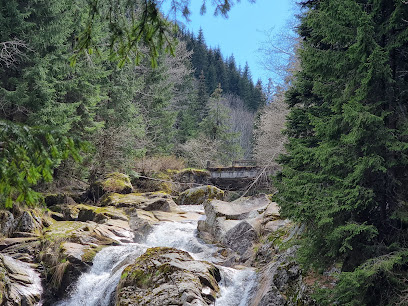
Poiana Pelegii
Discover the stunning landscapes and serene atmosphere of Poiana Pelegii, a must-visit tourist attraction in Romania's breathtaking countryside.
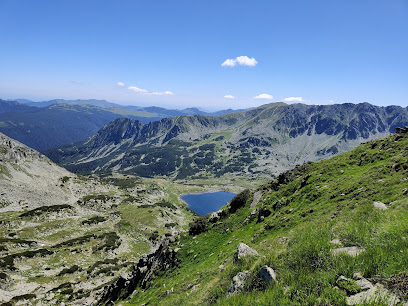
Muzeul Satului Hațegan
Discover the heritage of rural Romania at Muzeul Satului Hategan, an enchanting open-air museum showcasing traditional village life and culture.
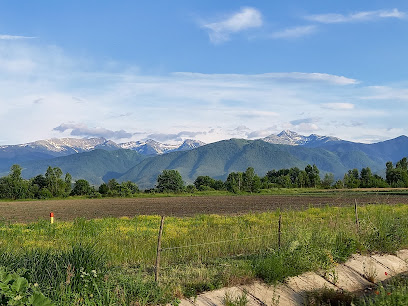
Cascada Maria Magdalena
Explore the stunning Cascada Maria Magdalena, a breathtaking waterfall in Romania, surrounded by lush landscapes and perfect for nature lovers.

Vf. Retezat
Explore the majestic Vf. Retezat in Romania's Retezat National Park, where breathtaking views, diverse wildlife, and unforgettable hiking experiences await.
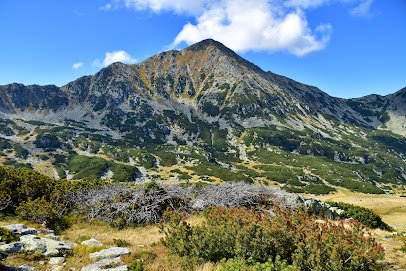
Cascada Lazăru
Experience the breathtaking beauty of Cascada Lazărului, a stunning waterfall in the Retezat Mountains, perfect for nature lovers and adventurers alike.
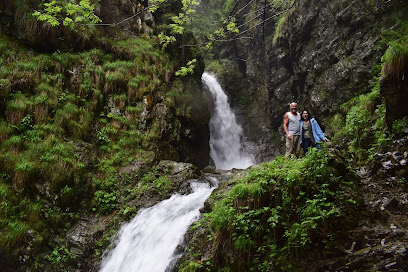
Lacul Bucura
Discover the breathtaking beauty of Lacul Bucura, Romania's largest glacial lake, nestled in the stunning Retezat Mountains for an unforgettable nature experience.
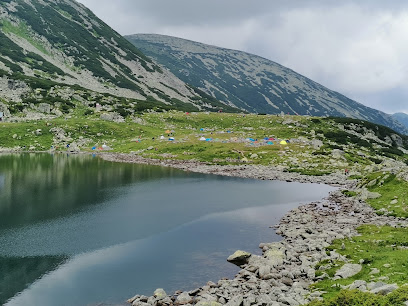
Casa Pietrelor
Explore Casa Pietrelor in Râu de Mori, a captivating museum showcasing rich Romanian history and culture amidst stunning natural beauty.
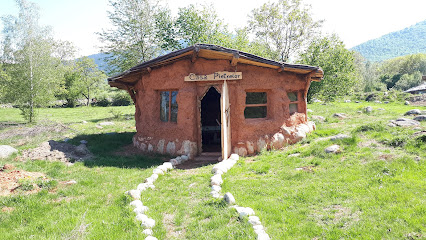
Portile Inchise
Explore the breathtaking landscapes and diverse wildlife of Portile Inchise in the stunning Retezat Mountains—an unforgettable hiking experience awaits.
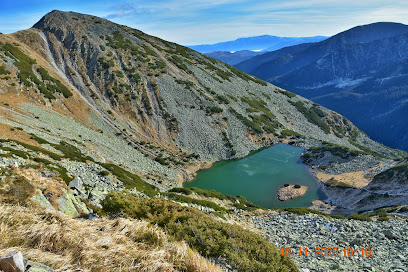
Colții Pelegii
Discover the stunning landscapes and adventurous trails of Colții Pelegii, a hidden gem in Râu de Mori perfect for nature lovers and explorers.
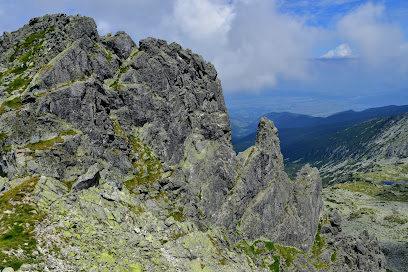
Șaua Retezat
Explore the breathtaking landscapes and diverse wildlife of Șaua Retezat, a must-visit destination for nature lovers and adventure seekers in Romania.
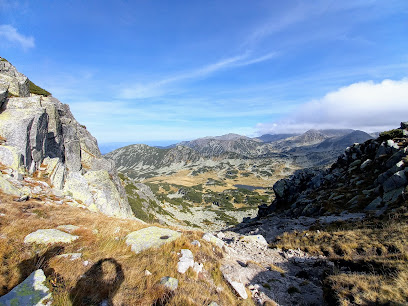
Pestera Dalma Cu Brazi
Discover the breathtaking beauty of Pestera Dalma Cu Brazi, a captivating cave attraction in the heart of Transylvania, Romania.

Saua Lolaia
Explore the breathtaking hiking trails of Saua Lolaia, a hidden gem in Romania offering stunning views and diverse nature experiences.
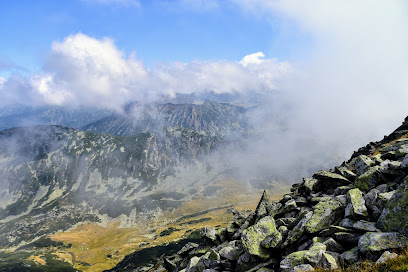
Tăul Ciumfu Mare
Explore the tranquil beauty of Tăul Ciumfu Mare, a hidden lake in Romania perfect for nature lovers and outdoor adventures.
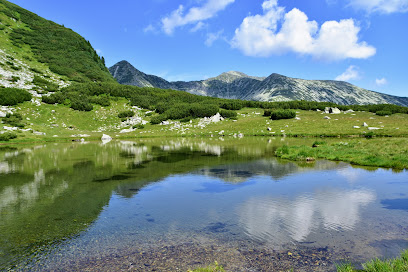
Valea Pietrele
Explore the stunning landscapes of Valea Pietrele, a captivating hiking area in Romania, offering breathtaking views and diverse wildlife.
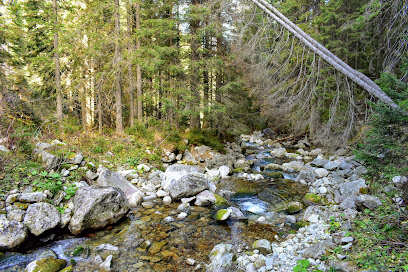
Markets, malls and hidden boutiques
Shopping City Timișoara
Discover a shopper's haven at Shopping City Timișoara, featuring a vast array of stores, dining, and entertainment options for the whole family.
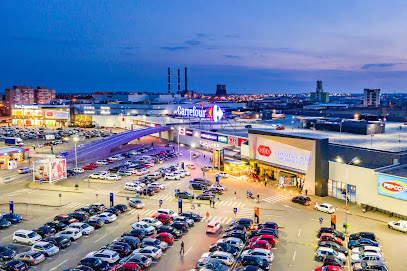
Romanian Boutique
Explore the heart of Romanian craftsmanship at Romanian Boutique, your premier destination for authentic souvenirs and local artistry.
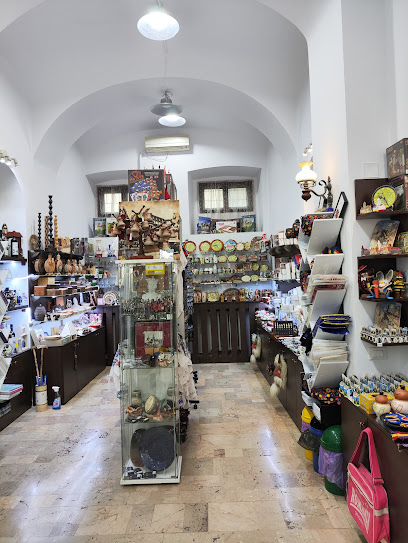
Poiana Pelegii
Discover the breathtaking beauty of Poiana Pelegii, a tranquil Romanian retreat perfect for nature lovers and adventure seekers alike.
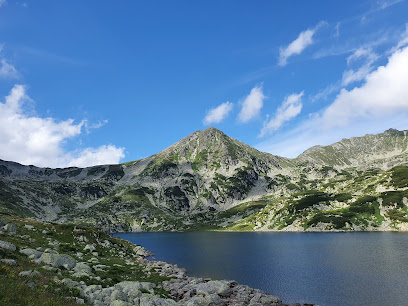
JYSK
Explore affordable Scandinavian furniture and stylish home essentials at JYSK in Făgăraș - your destination for comfort and elegance.
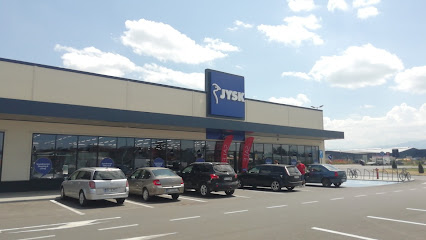
Sportisimo
Discover top-quality sports gear and stylish clothing at Sportisimo in Făgăraș, the ultimate destination for sports enthusiasts and fashion lovers.
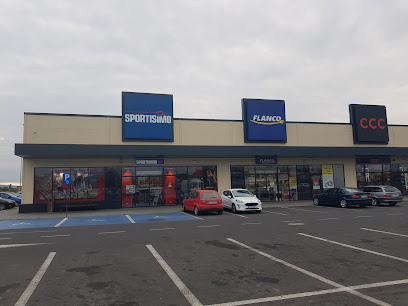
Cabana Gențiana
Experience the heart of Retezat Mountains at Cabana Gențiana, a cozy retreat blending comfort with breathtaking nature.
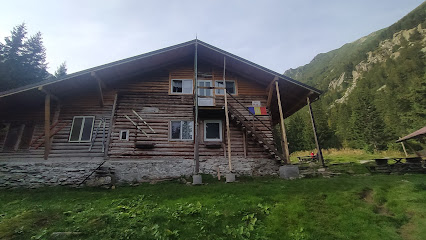
Cabana Codrin
Discover Cabana Codrin, a serene mountain lodge in Cârnic, Romania, offering breathtaking views and a cozy atmosphere for nature enthusiasts.
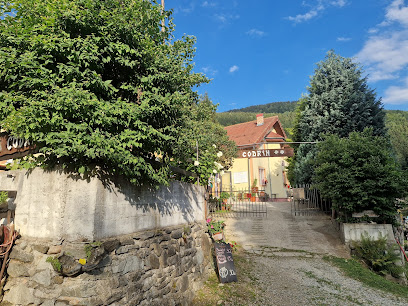
Prăvălie Sergiana
Explore Prăvălie Sergiana, a boutique in Făgăraș offering authentic Romanian delicacies and local artisanal products in a charming setting.
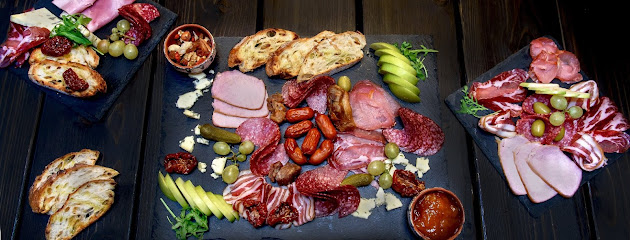
Retezat Mountains
Explore the breathtaking Retezat Mountains - a natural wonder in Romania with stunning landscapes, diverse wildlife, and a wealth of outdoor adventures.
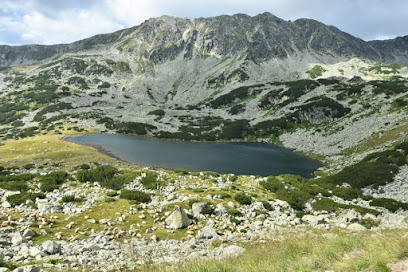
Cabana Pietrele
Discover the tranquility of Cabana Pietrele Lodge, a serene retreat in Romania surrounded by breathtaking landscapes and nature's wonders.
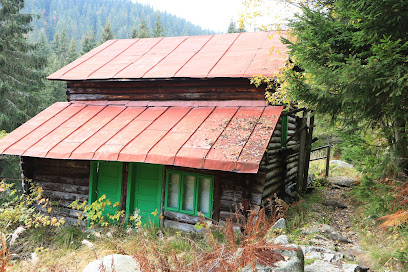
Cascada Maria Magdalena
Explore the serene beauty of Cascada Maria Magdalena, a stunning waterfall in Romania surrounded by lush greenery and breathtaking landscapes.
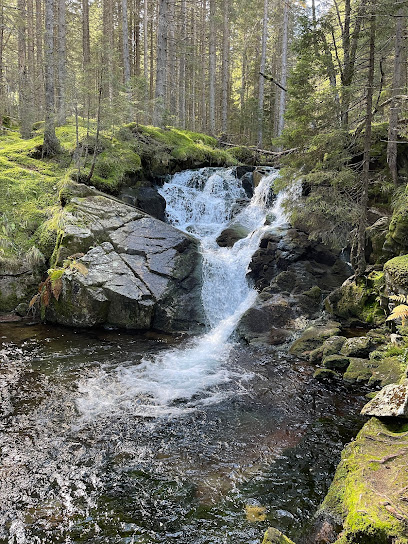
Riovirg S.R.L.
Discover the convenience of shopping at Riovirg S.R.L. in Făgăraș, where essentials meet local charm and friendly service.
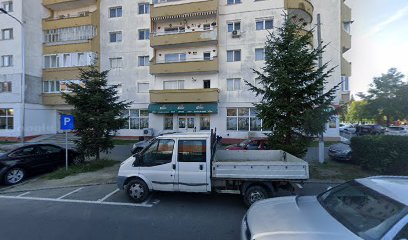
Refugiul Stâna de Râu
Discover tranquility at Refugiul Stâna de Râu, a mountain cabin in Romania offering breathtaking views and cozy accommodations for nature lovers.
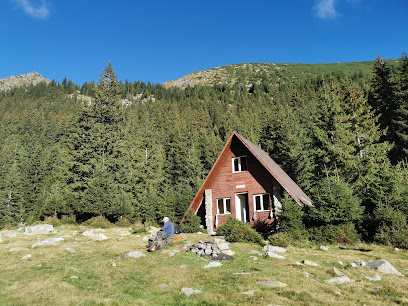
Vârful Retezat, Munții Retezat
Discover the breathtaking beauty of Vârful Retezat, the crown jewel of the Retezat Mountains, perfect for nature lovers and adventure seekers.
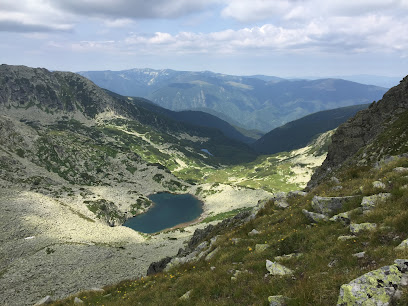
Noriel
Explore Noriel, Făgăraș’s enchanting toy store, where joy and creativity come to life through a vast array of toys and games for all ages.

Essential bars & hidden hideouts
Vintage Pub by ParkPlace
Discover the charm of Vintage Pub by ParkPlace in Hunedoara, where delightful cuisine and a cozy atmosphere await every traveler.
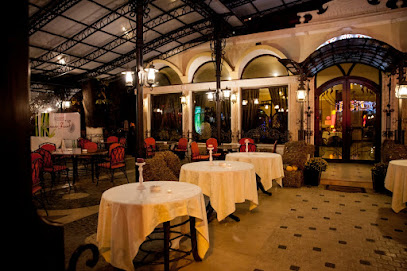
Chill Caffe
Discover the charm of Chill Caffe in Lupeni – a cozy coffee shop and bar perfect for relaxing and enjoying local flavors.

Silver Cafe
Experience the vibrant atmosphere and delectable menu at Silver Cafe in Hunedoara, the perfect spot to unwind after a day of exploration.
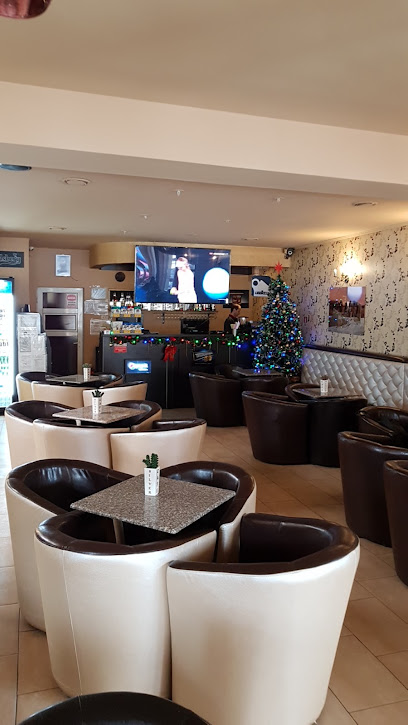
Parâng
Discover Parâng: A cozy bar in Hunedoara offering local drinks and a vibrant atmosphere, perfect for relaxation and socializing.
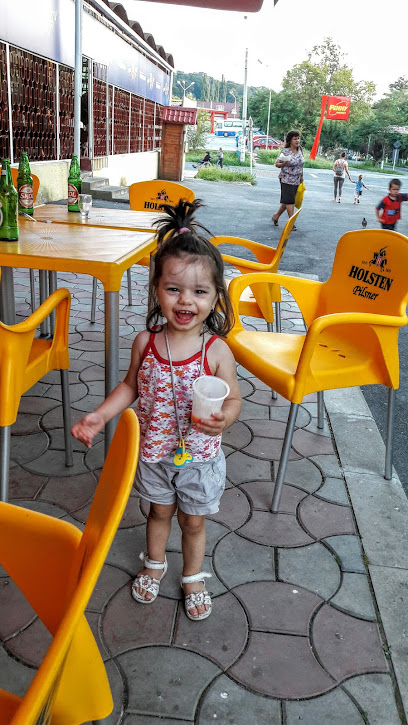
Poienița
Experience the heart of Lupeni at Poienița, a local pub where tradition meets warmth, offering delicious food and drinks in a cozy setting.
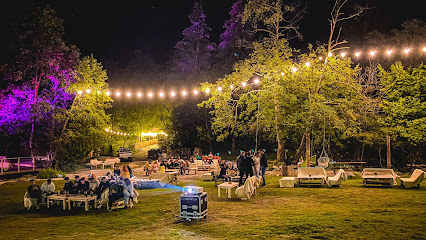
Oltul
Discover the charming Oltul lounge in Hunedoara, where relaxation meets delightful drinks in a cozy, inviting atmosphere.
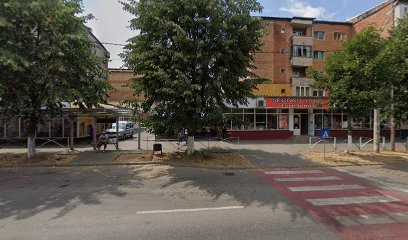
Riders Lounge
Experience the vibrant atmosphere and local flavors at Riders Lounge in Straja, a top destination for relaxation and socializing.
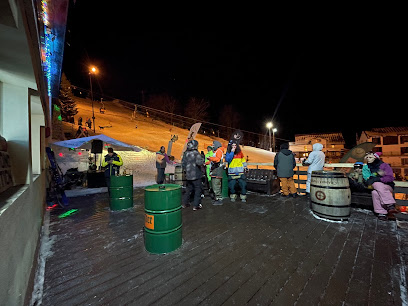
Jessy Pub
Experience the lively atmosphere and friendly service at Jessy Pub, the perfect nightlife destination in Aninoasa, Romania.
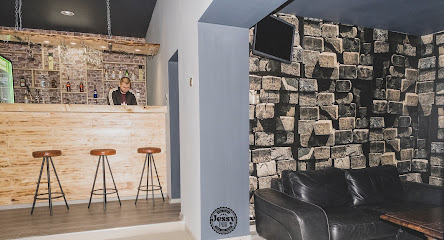
BAR
Discover Bretea Română's charming bar, a perfect place for relaxation and a taste of local culture amidst stunning landscapes.
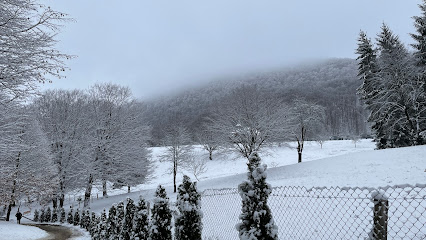
Rustik Pub
Discover the cozy atmosphere and delightful local brews at Rustik Pub in the heart of Lupeni, a must-visit for every traveler.
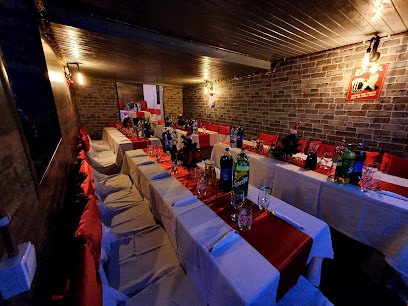
Alpina Retezat
Experience the perfect blend of comfort and local cuisine at Alpina Retezat, your gateway to the stunning Retezat Mountains.
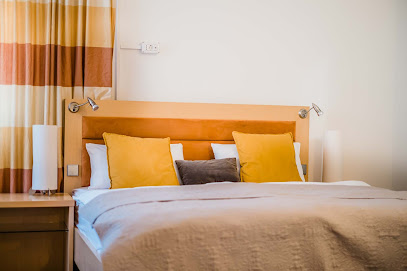
La Motoare PUB
Experience the vibrant atmosphere and local flavors at La Motoare PUB in Petrila, where every drink tells a story.
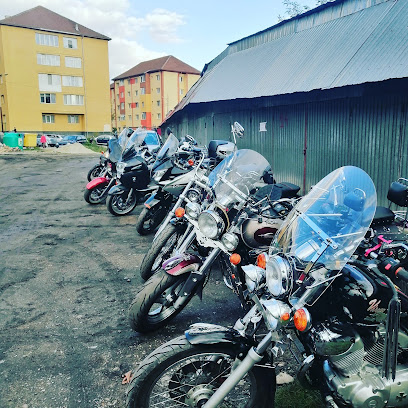
Caffe Bar M9
Experience the cozy charm and lively atmosphere of Caffe Bar M9 in Uricani, where great drinks and friendly faces await you.
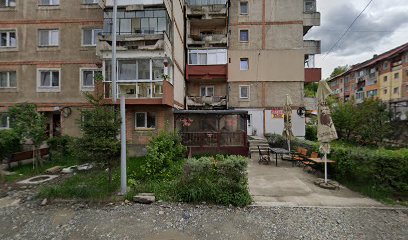
La Lya
Discover the charm of La Lya, a welcoming bar in Vălioara offering a delightful selection of beverages in a cozy ambiance.
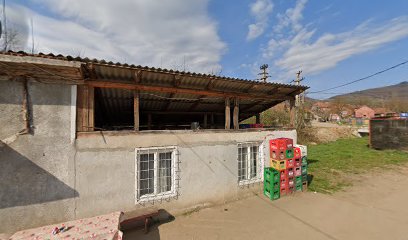
Aleea teiilor
Discover Aleea Teiilor in Uricani - a cozy bar offering local drinks and a welcoming atmosphere amidst Romania's stunning landscapes.
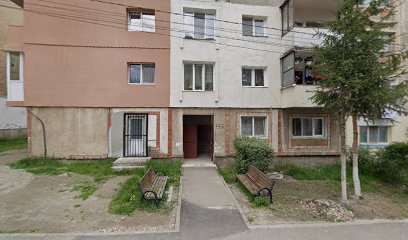
Local Phrases about Retezat National Park
-
- HelloSalut
[sah-LOOT] - GoodbyeLa revedere
[lah reh-veh-DEH-reh] - YesDa
[dah] - NoNu
[noo] - Please/You're welcomeTe rog
[teh rohg] - Thank youMulțumesc
[mool-tsoo-MESK] - Excuse me/SorryScuzați-mă
[skoo-ZAHTS muh] - How are you?Ce mai faci?
[cheh my fahch?] - Fine. And you?Bine. Și tu?
[bee-neh. shee too?] - Do you speak English?Vorbiți engleză?
[vor-BEETZ eng-leh-ZAH?] - I don't understandNu înțeleg
[noo in-TELL-eg]
- HelloSalut
-
- I'd like to see the menu, pleaseAș dori să văd meniul, vă rog
[ush doh-REE suh vad meh-NYOOL, vuh rohg] - I don't eat meatNu mănânc carne
[noo muh-NUHNK KAR-neh] - Cheers!Noroc!
[noh-ROHK] - I would like to pay, pleaseAș dori să plătesc, vă rog
[ush doh-REE suh PLUH-tesk, vuh rohg]
- I'd like to see the menu, pleaseAș dori să văd meniul, vă rog
-
- Help!Ajutor!
[ah-ZHOO-tohr] - Go away!Du-te!
[doo-teh] - Call the Police!Sună la poliție!
[SOO-nuh lah poh-LEE-tsee-eh] - Call a doctor!Sună un doctor!
[SOO-nuh oon DOHK-tohr] - I'm lostM-am pierdut
[mahm pyehr-DOOT] - I'm illSunt bolnav
[soont bohl-NAHV]
- Help!Ajutor!
-
- I'd like to buy...Aș dori să cumpăr...
[ush doh-REE suh KOOM-puhr] - I'm just lookingDoar mă uit
[doh-ahr muh ooit] - How much is it?Cât costă?
[kaht KOS-tuh?] - That's too expensiveEste prea scump
[es-teh prah skoomp] - Can you lower the price?Puteți să scădeți prețul?
[poo-TEHTS suh ska-DEHTS pretz-OOL]
- I'd like to buy...Aș dori să cumpăr...
-
- What time is it?Cât este ceasul?
[kaht YES-teh chah-SOOL] - It's one o'clockEste ora unu
[es-teh oh-rah OO-noo] - Half past (10)Zece și jumătate
[zeh-cheh shee zhoo-MAH-tah-teh] - MorningDimineață
[dee-mee-neh-TSAH] - AfternoonDupă-amiază
[doo-puh ah-mee-ah-ZAH] - EveningSeara
[seh-AH-rah] - YesterdayIeri
[yeah-ree] - TodayAstăzi
[ahs-TUHZ] - TomorrowMâine
[muh-YNEH] - 1Unu
[OO-noo] - 2Doi
[doy] - 3Trei
[tray] - 4Patru
[PAH-troo] - 5Cinci
[cheench] - 6Șase
[shah-seh] - 7Șapte
[shahp-teh] - 8Opt
[ohpt] - 9Nouă
[noo-uh] - 10Zece
[zeh-cheh]
- What time is it?Cât este ceasul?
-
- Where's a/the...?Unde este unul/una...?
[OON-deh YES-teh OO-noohl/OO-nah] - What's the address?Care este adresa?
[KA-reh YES-teh ah-DREH-sah] - Can you show me (on the map)?Puteți să-mi arătați (pe hartă)?
[poo-TEHTS suh-mee ah-RAH-tsuht (peh har-TAH)] - When's the next (bus)?Când este următorul (autobuz)?
[kaND YES-teh oor-MAH-toh-rool (OW-toh-booze)] - A ticket (to ....)Un bilet (către ....)
[oon bee-LET (kuh-treh ....)]
- Where's a/the...?Unde este unul/una...?
History of Retezat National Park
-
The Retezat Mountains were home to the ancient Dacian tribes long before the Roman conquest of Dacia in 106 AD. Archaeological findings, such as tools and pottery, suggest that these tribes used the area for shelter, hunting, and spiritual rituals. The Dacians revered the mountains, often associating them with their deities and using them as a sanctuary against invaders.
-
After the Roman Empire conquered Dacia, they recognized the strategic importance of the Retezat Mountains. Fortifications and roads were constructed to secure their hold on the region. Ruins of Roman watchtowers and camps can still be found in and around the park, highlighting the region's significance in ancient military strategy.
-
During the Middle Ages, the Retezat Mountains became a refuge for communities seeking to escape the turmoil of the Hungarian and Ottoman invasions. The rugged terrain provided natural defense, while legends and folklore from this period, such as the tales of hidden treasures and haunted forests, continue to captivate visitors today. Remnants of medieval settlements and churches offer a glimpse into the life of those who once sought refuge in these mountains.
-
The 19th century marked the beginning of scientific exploration in the Retezat Mountains. Naturalists and geologists from across Europe came to study the unique flora, fauna, and geological formations. These explorations led to the discovery of rare plant species and the documentation of the region's rich biodiversity, laying the groundwork for future conservation efforts.
-
Retezat National Park was established in 1935, making it Romania's first national park. Its creation was driven by the efforts of botanist Alexandru Borza and Emil Racoviță, a renowned biologist. The park was founded to protect the area's unique ecosystems, including over 1,190 plant species, many of which are endemic. Today, the park covers over 38,000 hectares and is a UNESCO Biosphere Reserve.
-
Following the fall of communism in Romania in 1989, Retezat National Park has seen renewed efforts in conservation and sustainable tourism. International collaborations and funding have helped to enhance the park's infrastructure and research capabilities. Modern conservation initiatives focus on preserving the park's biodiversity, promoting eco-friendly tourism, and engaging local communities in sustainable practices.
Retezat National Park Essentials
-
Retezat National Park is located in Hunedoara County, Romania. The nearest major city is Timișoara, which has an international airport (Traian Vuia International Airport). From Timișoara, you can rent a car or take a bus to the town of Hațeg, the gateway to the park. The drive typically takes around 3 hours. Alternatively, you can take a train to Simeria and then a local bus to Hațeg.
-
Within Retezat National Park, the primary mode of transportation is hiking. The park has an extensive network of well-marked trails. For those preferring not to hike, local taxis or private shuttles can be arranged from Hațeg to various trailheads. Renting a car is advisable for more flexibility, especially if you plan to explore surrounding areas.
-
The official currency in Romania is the Romanian Leu (RON). Credit cards are accepted in most hotels, restaurants, and shops in nearby towns like Hațeg, but it's advisable to carry cash for use within the park and smaller establishments. ATMs are available in Hațeg, and it's wise to withdraw sufficient cash before heading into the park.
-
Retezat National Park is generally a safe destination for tourists. However, it is important to take standard precautions. Always inform someone of your hiking plans and estimated return time. Avoid hiking alone, especially in less frequented areas. There are no specific high-crime areas targeting tourists, but keeping an eye on your belongings and being aware of your surroundings is always advisable.
-
In case of emergency, dial 112 for immediate assistance. It is recommended to have travel insurance that covers medical emergencies. Carry a first aid kit and be aware of the nearest shelters and ranger stations within the park. For minor health issues, pharmacies are available in Hațeg.
-
Fashion: Do wear appropriate hiking gear, including sturdy boots and weather-appropriate clothing. Avoid wearing sandals or flip-flops on trails. Religion: Do respect local customs if visiting nearby religious sites, such as monasteries. Public Transport: Do be respectful and offer seats to elderly passengers on buses. Don't eat or drink on public transport. Greetings: Do greet locals with a friendly 'Bună ziua' (Good day). Eating & Drinking: Do try local delicacies and accept food offerings graciously. Don't waste food, as it is considered impolite.
-
To experience Retezat National Park like a local, visit during the off-peak season for a more serene experience. Engage with local guides who can offer in-depth knowledge of the park's flora and fauna. Don't miss visiting the famous glacial lakes, such as Bucura and Zănoaga, and consider staying in a mountain hut (cabana) for an authentic experience. Also, try local dishes like 'ciorbă de burtă' (tripe soup) and 'papanasi' (a type of doughnut).
Nearby Cities to Retezat National Park
-
Things To Do in Deva
-
Things To Do in Drobeta-Turnu Severin
-
Things To Do in Râmnicu Vâlcea
-
Things To Do in Craiova
-
Things To Do in Arad
-
Things To Do in Cluj-Napoca
-
Things To Do in Pitesti
-
Things To Do in Smederevo
-
Things To Do in Sighisoara
-
Things To Do in Pančevo
-
Things To Do in Belgrade
-
Things To Do in Brasov
-
Things To Do in Kragujevac
-
Things To Do in Szeged
-
Things To Do in Novi Sad










